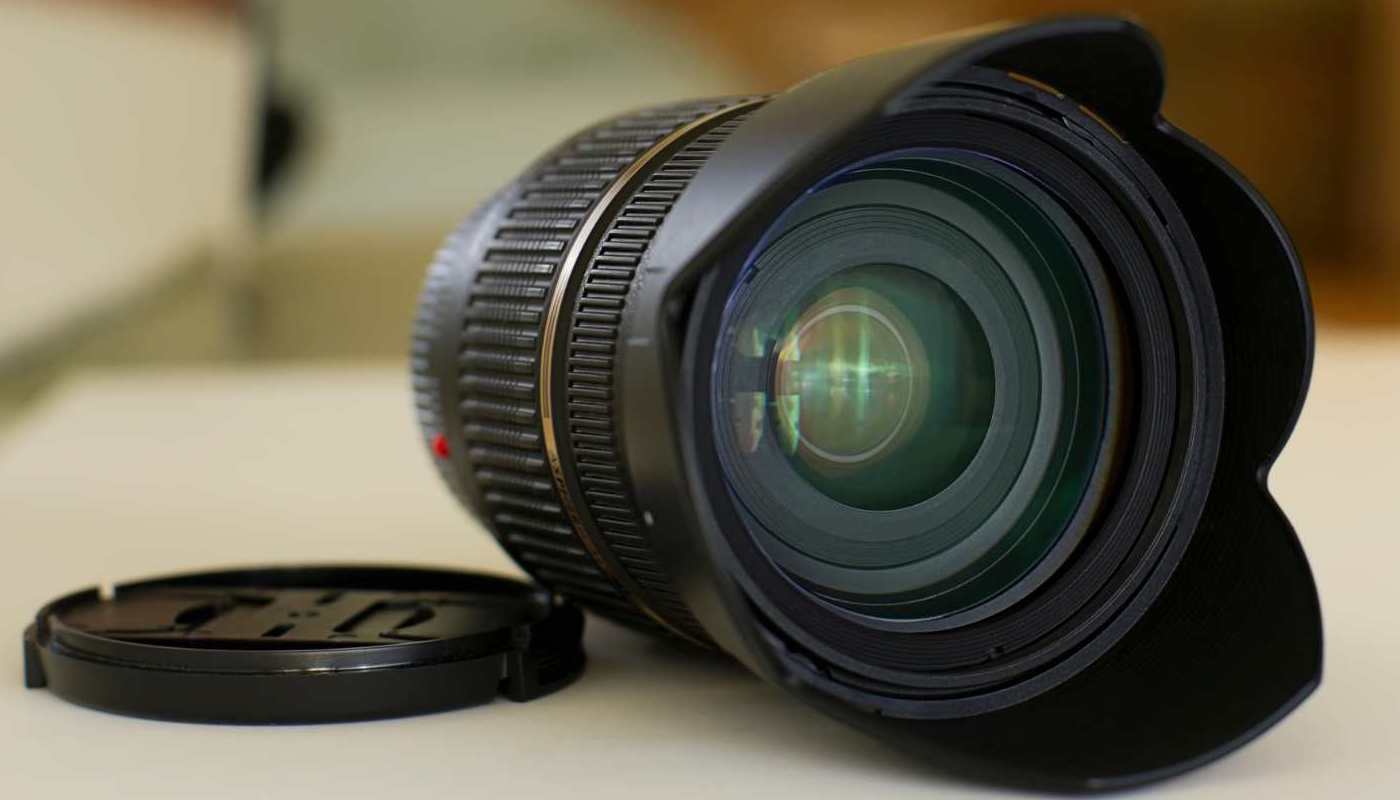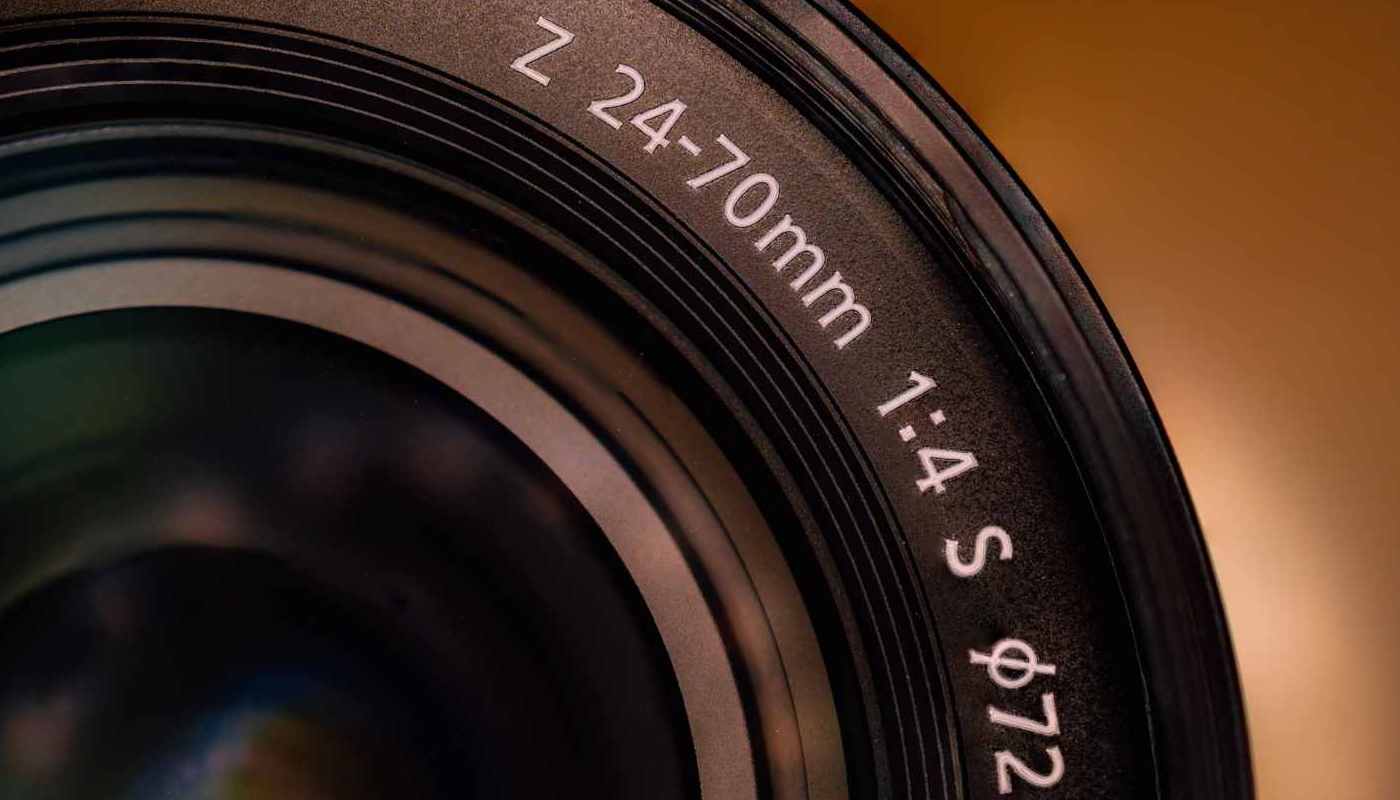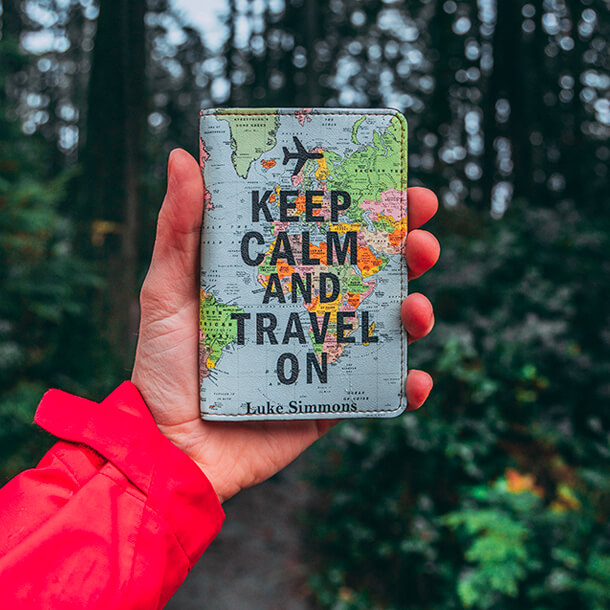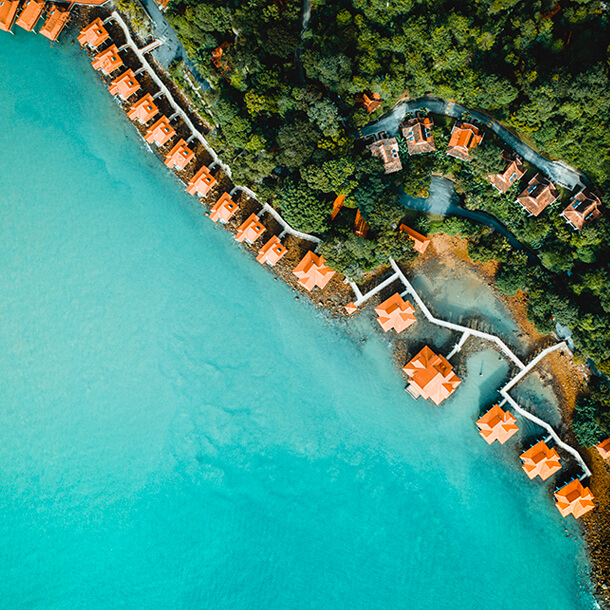Prime vs Zoom Lens for Landscape Photography: Which Lens is Best?
Whether you’re a beginner or professional photographer, you probably heard the terms “prime” and “zoom” lenses before.
But, do you really know the difference between them and which is best suited to your landscape photography style?
In this article, I’ll discuss the pros and cons of prime vs zoom lens for landscape photography, as well as some tips on how to choose the right lens for your needs.
Is a prime or zoom lens better for landscape photography?
Here's what we will cover in this article:
If you got value from this article, please support my work by sharing it - or you can buy me a coffee.
I currently do NOT use affiliate links or receive compensation for products I recommend. I do this so my work stays honest and in line with my values. I only recommend gear that I personally use and believe is the best.
Zoom Lenses vs Prime Lenses: What’s the Difference?

What are Prime Lenses?
A prime lens is a fixed focal length lens, meaning it can’t be adjusted to zoom in and out.
In other words, if you want to move the subject closer or further away, you’ll need to physically move the camera to a different distance from your subject.
Prime lenses are usually lighter, smaller, and more affordable than zoom lenses.
Up until recently, they produced sharper images with less distortion. Quality zoom lenses are getting so good, however, that image sharpness and distortion are becoming indiscernible between zoom and prime lenses.
Since prime lenses are limited to a single focal length, they may not be the best choice for landscape photography. If you are hiking or backpacking, you will likely be limited to staying on-trail and have challenges hiking closer or further away from your subject to change your composition.
What are Zoom Lenses?
On the other hand, a zoom lens is a variable focal length lens, meaning it can be adjusted to zoom in and out.
This allows you to quickly and easily change the size of your subject without having to move the position of your camera.
Zoom lenses are usually larger, heavier, and more expensive than prime lenses, but they offer more flexibility and are better suited for landscape photographers who want to zoom in and out from a single location.

Pros and Cons of Prime Lenses

When it comes to landscape photography, prime lenses offer some distinct advantages over zoom lenses.
One of the main benefits is that they are smaller and more lightweight, they’re easier to transport and less likely to cause fatigue when carrying them on your back for extended hiking trips.
Prime lenses tend to produce sharper images with less distortion compared to lower-end (cheaper) zoom lenses.
They also offer better low-light performance if you plan on hand holding your camera because they tend to be faster (i.e. they have larger maximum apertures) than zoom lenses.
Prime lenses can also force you to get creative. If you only have one focal length to work with, you will have to work within the restraints of this single perspective (i.e. field of view) when crafting your compositions.
When you only have one focal length to work with, it forces you to slow down and become more thoughtful with your compositions. Using a single prime lens can really help you become a better photographer, so it’s at least worth experimenting with them at some point.
However, there are some drawbacks to using prime lenses for landscapes.
For starters, since they’re fixed focal length lenses, you’re limited in terms of composition and perspective.
You can’t zoom in or out to change the size of your subject, so you’ll have to physically move the camera for every shot.
"Zooming with your feet" is often not even possible without falling down the side of a mountain or traversing dangerous terrain.
Additionally, since prime lenses are limited to one focal length, you’ll need to carry multiple lenses if you want to capture a variety of perspectives. This can get heavy, quickly.
You will also need to switch out lenses whenever you need to change focal lengths, which can introduce dust and moisture inside of the camera (potentially hurting the sensor) when you are out in the field.
For these reasons, it is usually impractical for hikers to carry various prime lenses; even though they are smaller and lighter, you may end up carrying more weight than if you had only one or two zoom lenses in your pack.
Pros and Cons of Zoom Lenses

In my opinion, zoom lenses have more advantages over prime lenses when it comes to landscape photography.
As I’ve discussed previously, the main benefit to zooms is that they offer more flexibility in terms of composition and perspective.
Having the ability to quickly and easily zoom in and out to change the size of your subject without having to move the camera will greatly help you in the field.
You won’t need to carry many lenses with you in order to get a variety of different focal lengths and perspectives.
There are a few minor drawbacks to using zoom lenses for landscapes.
They’re usually more expensive, especially if you wan’t a quality lens that will rival a prime lens in sharpness.
Low-end, cheaper zoom lenses can produce images with more distortion and lower quality. Lens performance is definitely a case of getting what you pay for.
Finally, since they’re heavier and larger, they can be cumbersome to carry for longer hiking trips.
They can take up a big part of your pack, which means you will either need a bigger daypack or backpacking bag or you will need to learn how to lighten your load in other ways (see next section for tips).
Is a Prime or a Zoom Lens Better for Landscape Photography?

So, which type of lens is best suited for landscape photography?
This ultimately depends on your needs and budget.
If you spend most of your time shooting landscapes from or near your car and other front country locations, it’s much easier to carry as many lenses as you want or can afford.
You may not only want zooms, but also various primes to experiment with.
If you are like me and do most of your photography on long hikes into the wilderness, weight and versatility are the most important things to consider.
In this case, one or two high-end zooms (if you can afford them) make the most sense. Even though they are heavier and bulkier, I think the flexibility they offer is worth the extra weight.
To compensate for how large my zoom lenses are (especially my wide angle zoom), I use ultralight gear and techniques to offset the weight of my camera gear.
For example, I carry ultralight versions of the “big 4” pieces of gear (tent, sleeping bag, backpacking bag, and sleeping pad), which cuts at least 5 pounds off of my total pack weight.
My pack ends up being a “normal” weight, when combining my heavy camera gear with advanced ultralight gear and weight saving strategies.
Tips for Choosing Between a Prime or Zoom Lens for Landscape Photography

When it comes to choosing a zoom or prime lens for landscape photography, there are a few tips to keep in mind.
First, consider your budget. If you’re on a tight budget, a prime lens may be the better option. In my opinion, I’d rather have a lens that produces higher quality images at a single focal length than a zoom lens for the same price that isn’t as sharp and creates more distortion in my images.
Next, decide which focal lengths you prefer to shoot at.
If you usually only shoot at a few specific focal lengths, then you may only want a few prime lenses.
Landscape photographers often have two or three zooms that cover the entire range of focal lengths from 14mm-200mm. If you can afford good quality zooms that cover this range, it’s definitely worth the investment to have the flexibility.
Third, ask yourself how much you are willing to carry. The size and weight of lenses may make or break your decision to hike long distances with them.
Finally, consider how fast you need your lenses to be. Prime lenses typically have a wider maximum aperture than zoom lenes, so they are ideal if you shoot hand held in low light.
Lens speed, however, is usually not something you need to worry about if you carry a tripod.
You should always have a tripod on you if you want to take amazing landscape photos, so don’t spend the extra money on a faster lens if you don’t want to.
For more tips and helpful guidance on how to choose the best lens for landscape photography, check out my complete guide to lenses.
Summary and Final Thoughts
Choosing the right lens for landscape photography depends on a variety of factors, such as budget, size and weight, and focal length.
Prime lenses are usually lighter, smaller, and more affordable than zoom lenses, and they are capable of producing sharper images with less distortion (compared to low-end zoom lenses).
However, they’re limited to one focal length, so they may not be the most practical choice for hikers and backpackers.
Zoom lenses offer more flexibility in terms of composition and perspective, but they’re usually more expensive and low-end models can produce images with more distortion and lower quality.
Ultimately, the best lens for your needs will be based on your personal preferences, creative style, and the types of adventures you take.
Which lenses do you prefer - zooms or primes - and why? Send me an e-mail and let me know!
%20(3).png)










